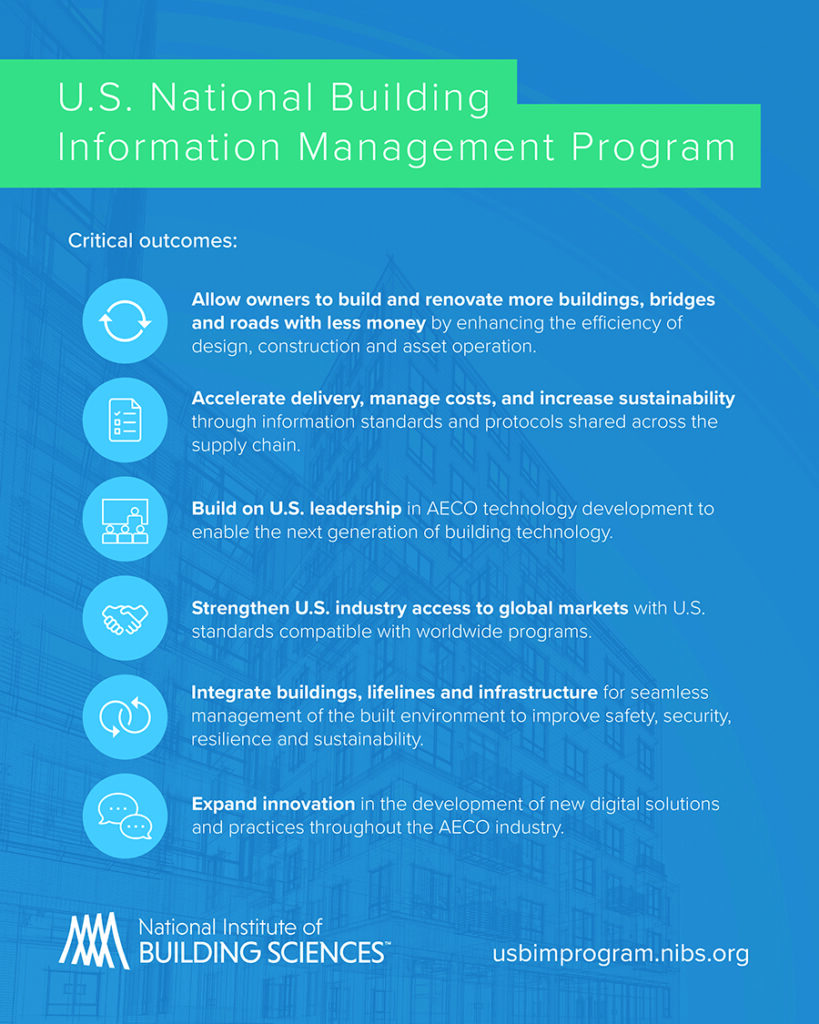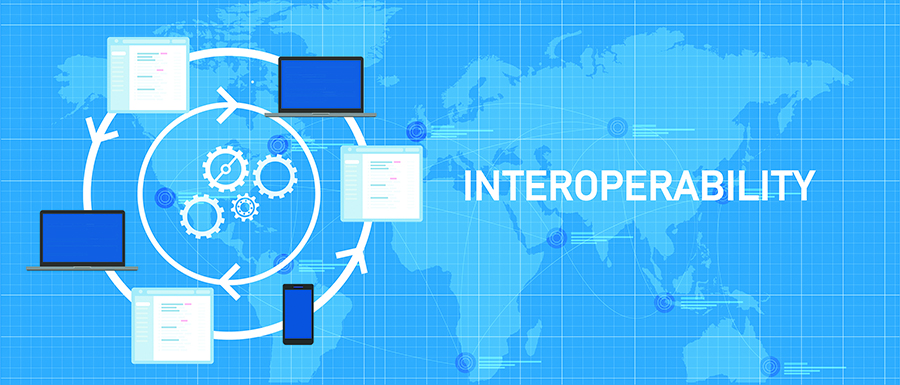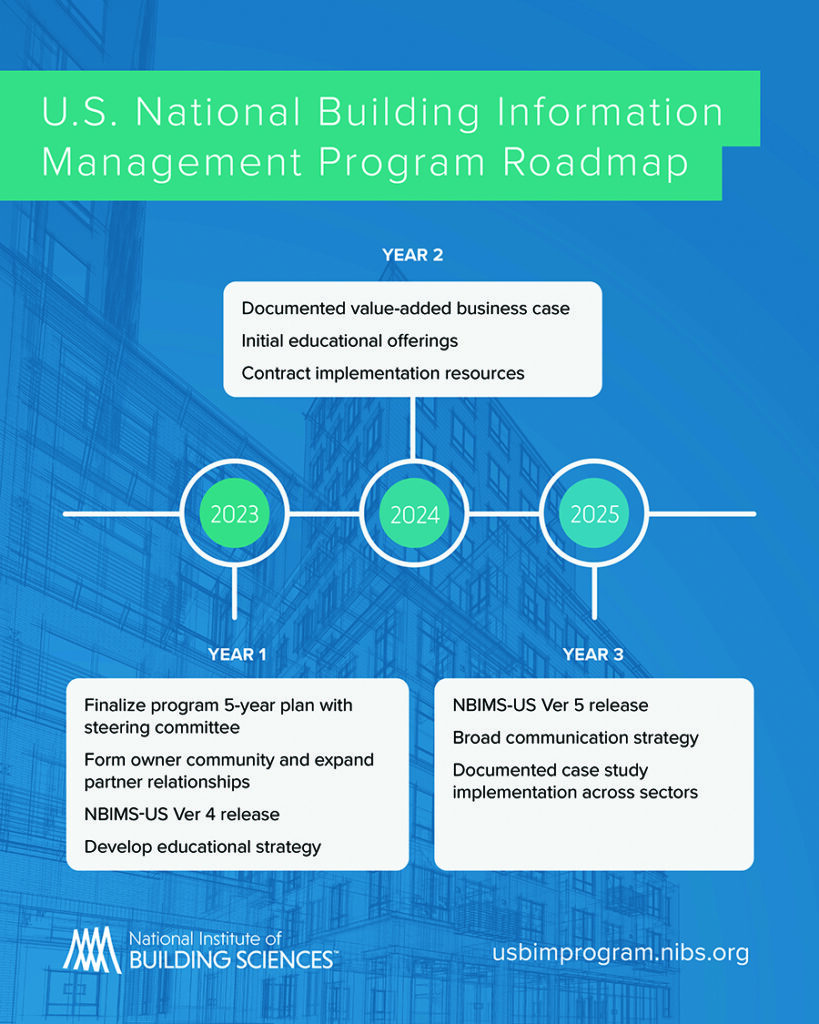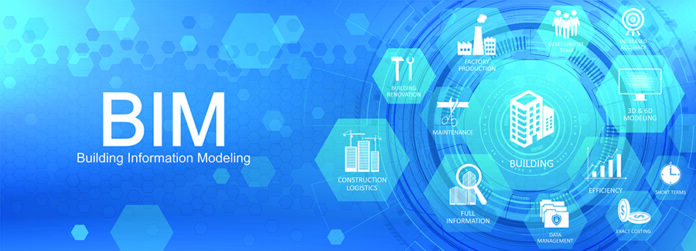New NIBS effort should give this technology a needed boost.
- Although the Program will address all parties in the construction process, owners are a key audience because they’re the ones who drive adoption.
- A big part of the effort will be to create open-source standards, which allow data to be read and used by parties with different needs who are operating different software programs.
- The repeatability, precision and quality needs of offsite construction make it a natural fit for BIM technology.
The National Institute of Building Sciences (NIBS) announced the launch of the National BIM Program in September 2022. This effort aims to support the use of Building Information Management (BIM) technology throughout the entire building lifecycle—from planning, design, and construction, to long-term operations and maintenance.
What are its goals and its relevance to offsite construction? To answer these questions, we interviewed Program Director Johnny Fortune. Here’s what we learned.
The Program
NIBS’ mission is to support advances in building technology and BIM is an advanced technology that adds value during and after the build.
For example, the use of accurate digital models for clash detection will reduce construction costs and timelines. Digital information can also help building owners and managers operate and maintain their buildings more efficiently, reduce energy use and other operational costs. And the availability of a model with detailed building information can save time and money when renovations are needed.
Some key activities included in the Program will be:
- Encouraging owners to require that the construction team use BIM for their projects
- Devising standards for the use of BIM
- Creating education and training programs

Encouraging Owners
One priority is to persuade building owners to specify the use of BIM. “Mass adoption will be driven by owners requiring BIM on their projects,” Fortune says.
He believes owners will be receptive to this. While owners have the biggest investment and bear the greatest risk in any given project, “they often experience the most information deficit.” They simply don’t receive data that would be useful in the management of their finished building (or another asset). One task will be to develop case studies that show the expected ROI of using the technology. The case studies will illustrate BIM best practices and will identify pitfalls that need to be avoided. An online forum for owners will also be created so they can share knowledge and experience.

Setting Standards
The Program also wants to help create data standards. This will make it easier for project participants to collaborate.
Even when everyone on a project is using the same type of BIM software, data can be lost when transferred. For example, building material characteristics in the architect’s or engineer’s design might be lost when exported into the analysis software the builder uses for clash detection and systems coordination. A builder or manufacturer may not need all the engineer’s data, but what’s exported into their model impacts what’s available downstream to building owners.
In addition, Fortune says there can be issues with geometry not converting correctly. That can lead to dimensions or shapes that vary slightly between the design software and the software the builder or manufacturer uses.
“More data might be lost — or simply not recovered from the previous conversion — when it’s converted from the builder’s model into the format compatible with facilities management software, which is often a combination of PDF and CAD files,” Fortune says.
Other factors that can impact the downstream usability of model data include “modeling precision settings, elements being modeled correctly, the information attached to the model elements, data accuracy and export and import settings,” Fortune explains.
At the moment, according to Fortune, “there’s no set of widely adopted data standards, so owners receive information that varies in quality and format from project to project.” Different designers may use different programs for their models and the quality of those models can vary.
Builders and manufacturers vary in their digital project coordination and documentation, too. Many develop their own — perhaps idiosyncratic — processes based on their particular needs. “If specific data isn’t needed when someone working on the project is accessing it, they might discard it, perhaps inadvertently, before or during conversion,” Fortune says. This can lead to data loss — or to the expense of translating and recovering data.
In addition, each owner tends to have their own requirements. One might require 3D clash detection while another doesn’t. Some might require specific data from the design model compatible with their facilities management software. “Designers and constructors may have to adjust their processes or create new ones to comply with varying owner requirements. This adds time and cost.”
The ideal would be for data that “can be extracted and put into an open source format that can then be read and used by the various software programs used by all the stakeholders—designers, constructors and owners,” Fortune says.
If successful, the same open-source data could be extracted from architects’ design software and used as a reliable baseline for manufacturers’ CNC machines, builders’ analysis software, facilities management software, and so on.

Education and Training
Fortune says all the Program’s audiences— owners, designers, builders, manufacturers, suppliers and vendors— need to have the benefits of BIM demonstrated to them. And they need concrete evidence for the expected ROI of adoption.
Fortune says that the Program will create case studies, webinars and other materials that document best practices and inform people about the expected ROI, and that these will be based on real, objective data; not on marketing by software companies. (They plan to have case studies ready by 2024.)
He also wants to avoid duplicating educational resources that already exist and will direct users to those resources where appropriate. For example, the AGC (Associated General Contractors of America) has educational material related to BIM, including offering in-person and virtual classes that lead to a Certificate of Management in BIM.
As mentioned above, as part of the educational offerings, the Program also intends to set up online forums where peers can share discoveries, ask questions and learn from one another. “Working in isolation, instead of sharing best practices, doesn’t advance the industry,” Fortune says. The Program’s first forum will be for owners and will go live sometime in 2023.
Relevance to Offsite
The offsite industry is a crucial part of the National BIM Program’s audience. That’s because BIM naturally lends itself to offsite. The reasons include:
Repeatability. This makes many offsite projects particularly suited to BIM. When components like restrooms, hotel rooms, patient rooms, etc. are repeated within and across building projects, the same 3D objects can be used over and over, saving time and money.
Lean processes. Fortune says that because many offsite companies are already Lean or heading in that direction, they’re poised to become leaders in BIM. He explains that Lean factories naturally gravitate towards BIM because it enhances efficiency “by improving communication between team members and enabling coordination of labor and materials — including coordination between off-site and on-site work. Accurate BIM also improves planning and reduces waste — all of which is part of Lean philosophy.”
Labor needs. Offsite companies “can take a more prominent role in addressing workforce shortages, as more people in the construction industry retire.” If labor can’t meet demand, “more and more projects will turn to offsite construction and to automation,” which requires accurate digital information.
Precision. The stricter tolerances required by offsite manufacturing also make BIM a natural fit for the industry, especially when automation is involved. Unlike human workers, robots aren’t good at improvising. They need precise, accurate digital instructions every single time they do a task.
Coordination. It’s useful to be able to see ahead of time how modular components will fit into the model of the facility and how off-site and site-build components will interact, says Fortune. This reduces mistakes and re-dos in the field.
Fortune believes that the combination of offsite construction, Lean methodology, and BIM will lead to more efficient, less costly projects. The National BIM Program wants to help make that combination the standard for the industry. He says that the Program is seeking funding and expertise, from both volunteers and paid staff (full-time and part-time).

















